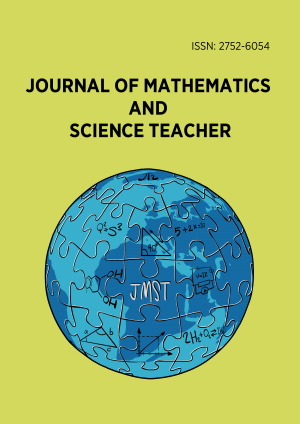Abstract
This study was set up to investigate the newly admitted senior high school graduates’ geometric representation of corresponding and alternate angles in contexts where parallel and non-parallel lines are cut by a transversal. The study also examined their reasoning about parallelism. 25 volunteers, through a pilot study, responded to a series of geometric tasks meant to assess geometry reasoning and understanding. This study reports on the data dealing with the afore-mentioned concepts.
The findings indicate that: the participants were more able to identify geometric representation of alternate angles (64%) than they were with corresponding angles (44%); participants’ written narratives demonstrated evidence of imprecision in their reasoning about parallelism; and most participants showed limited knowledge and use of necessary keywords to justify parallelism. The findings suggest participants showed diverse conceptual understanding of alternate and corresponding angles and demonstrate insufficient and ‘suspended’ knowledge of parallelism.
License
This is an open access article distributed under the Creative Commons Attribution License which permits unrestricted use, distribution, and reproduction in any medium, provided the original work is properly cited.
Article Type: Research Article
Journal of Mathematics and Science Teacher, Volume 3, Issue 1, 2023, Article No: em025
https://doi.org/10.29333/mathsciteacher/12641
Publication date: 01 Jan 2023
Online publication date: 14 Nov 2022
Article Views: 2227
Article Downloads: 2244
Open Access References How to cite this article
 Full Text (PDF)
Full Text (PDF)